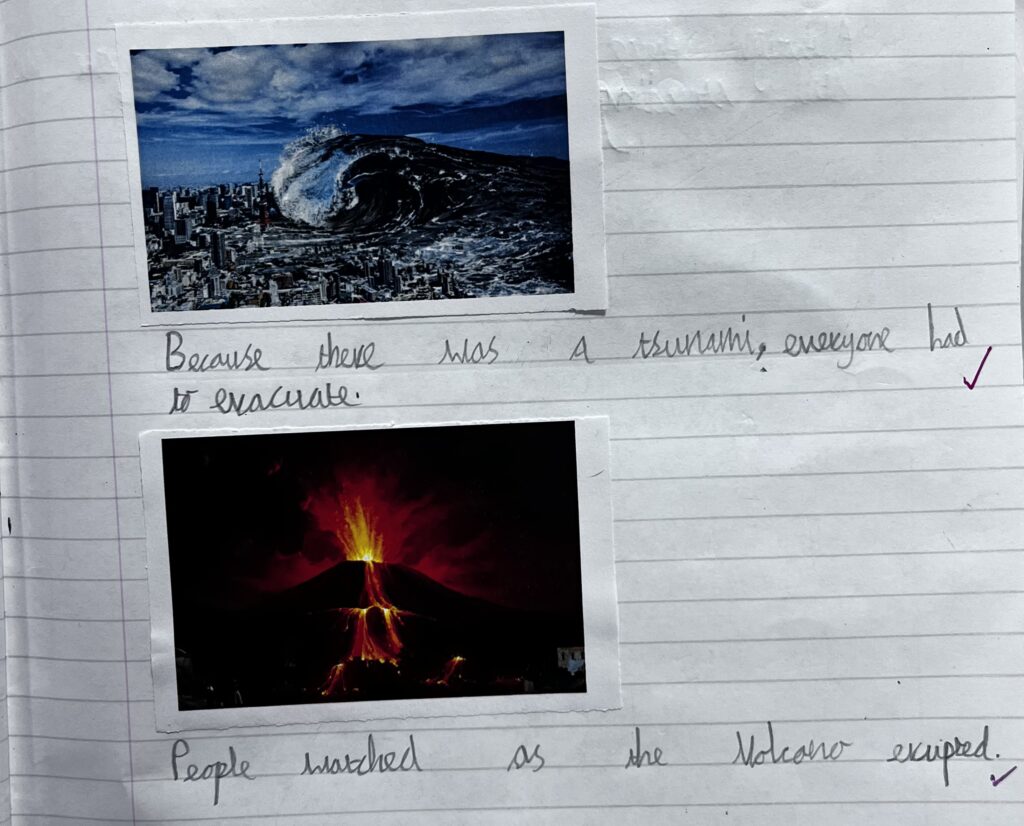It was great to welcome you to our classroom this week to share some ideas of how you might practise times tables and reading at home. If you were unable to join us this time, please let me know if you would like to find out about the ideas we shared.
One of the ideas we looked at was what you can do when you come across an exciting or unfamiliar word when you are reading at home. In class we use a frayer model (pictured below) to gain a better understanding of a word. At home you could use one part of the model or discuss a couple of the parts.

For example, if you were reading part of our class novel, The Firework Maker’s Daughter by Philip Pullman, your child might not be confident with the meaning of the word “muttered”.

You could start by looking for clues in the text as to what it means by asking questions such as:
What other word could have been used in the sentence to make this make sense?
How do you think they might be talking? Would they be shouting? Whispering? Would they be excited? Nervous?
After your child has used the clues in the text, they could use a dictionary or an online search engine to research the meaning of the word.
You could talk about how the -ed suffix shows that it is in the past tense.
Finally, you could challenge your child to think of their own sentence using the word muttered. Alternatively, could they think of any synonyms (words with the same meaning) or antonyms (words with the opposite meaning)?







 We used subordinating conjunctions to write sentences about natural disasters (linking to our learning in Geography). I think you will be particularly impressed with Alara’s sentences as she has used a subordinate conjunction in the middle of one sentence and a different subordinate conjunction at the start of the other sentences.
We used subordinating conjunctions to write sentences about natural disasters (linking to our learning in Geography). I think you will be particularly impressed with Alara’s sentences as she has used a subordinate conjunction in the middle of one sentence and a different subordinate conjunction at the start of the other sentences.



 Today we have been busy making our egg pots. We learned lots of new skills including how to use a bridge cut to cut the tomatoes and how to open a tin of beans safely.
Today we have been busy making our egg pots. We learned lots of new skills including how to use a bridge cut to cut the tomatoes and how to open a tin of beans safely.



